Dive planes, also known as canards, are aerodynamic devices that are placed on the front of the car, in front of the wheels. See picture below for an example.
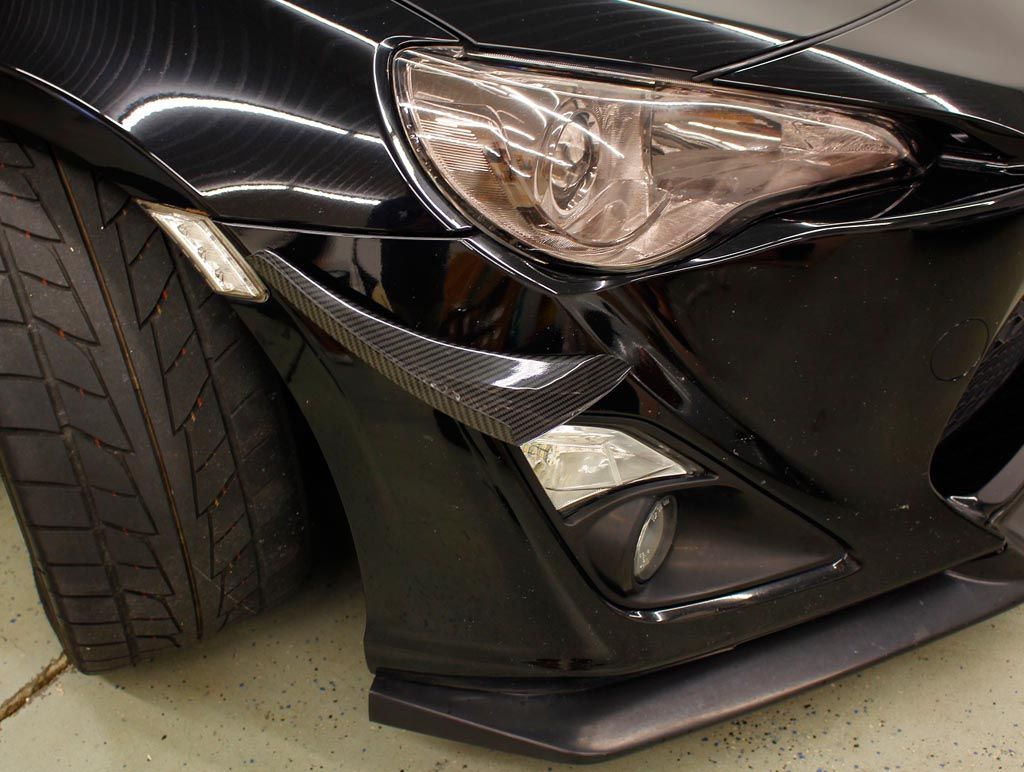
The main purpose of the dive planes is to shift aerodynamic balance forward. With standard cars and typical splitters, producing enough front downforce for a proper aerodynamic balance is generally difficult. Dive planes are placed far forward on the car which creates a moment around the center of gravity. This moment means that the dive planes do not have to create a large force to shift the aerodynamic balance forward. The picture below depicts the above paragraph well.
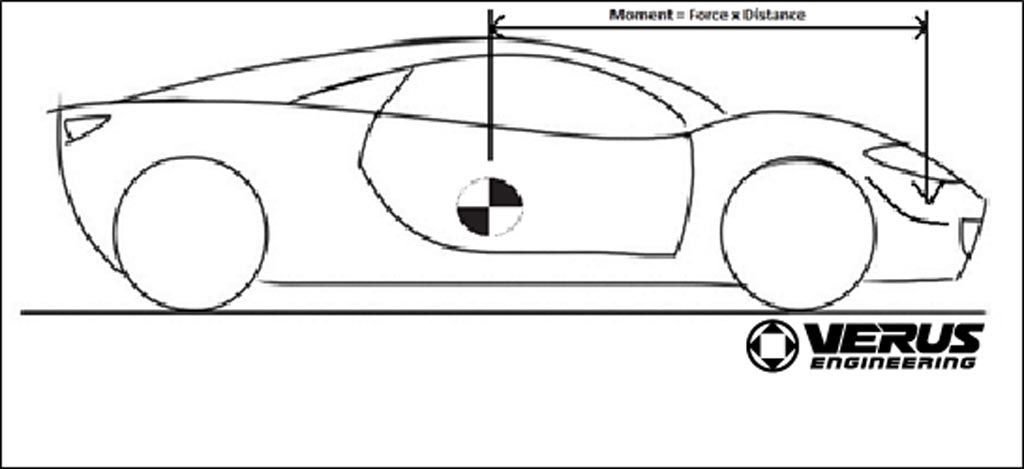
Most dive planes have a very high angle of attack compared to wings. Dive planes are slender low aspect wings. Vortices form on the outside of the dive plane which
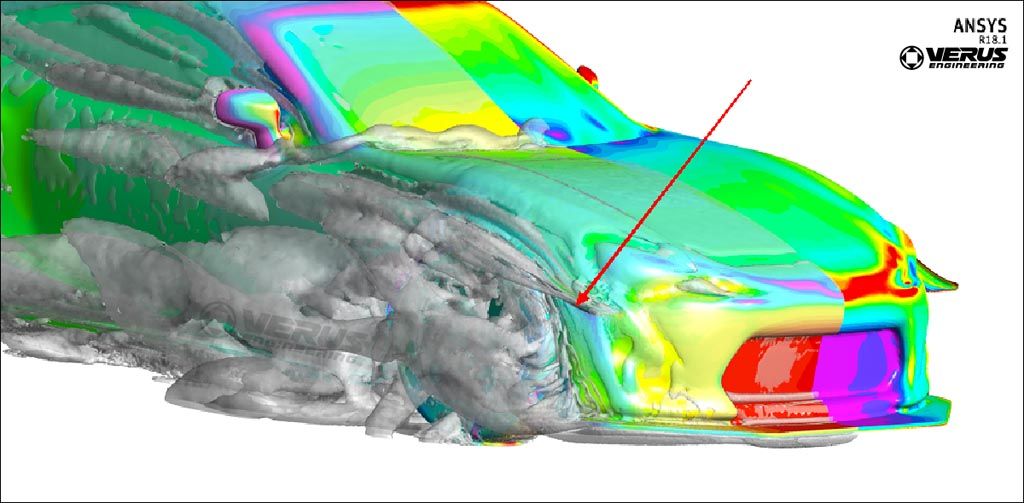
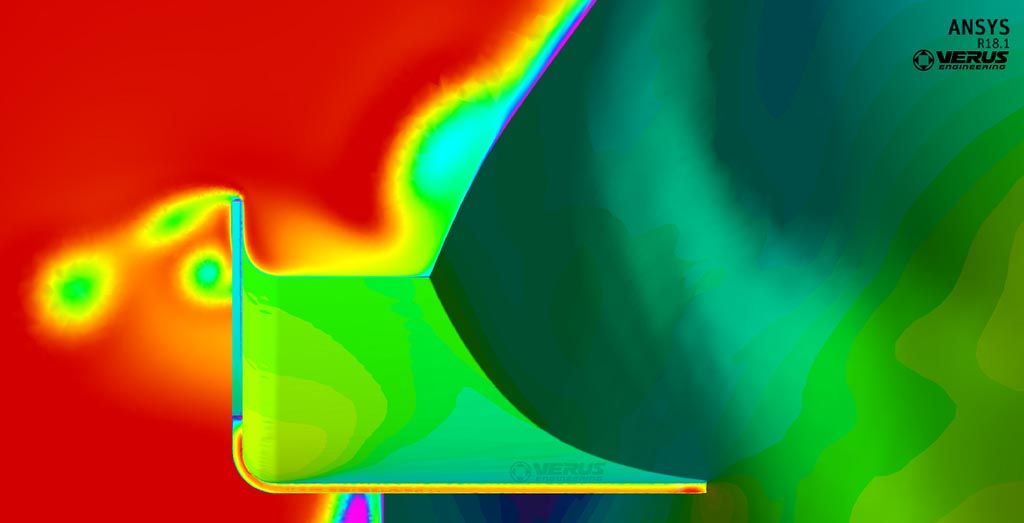
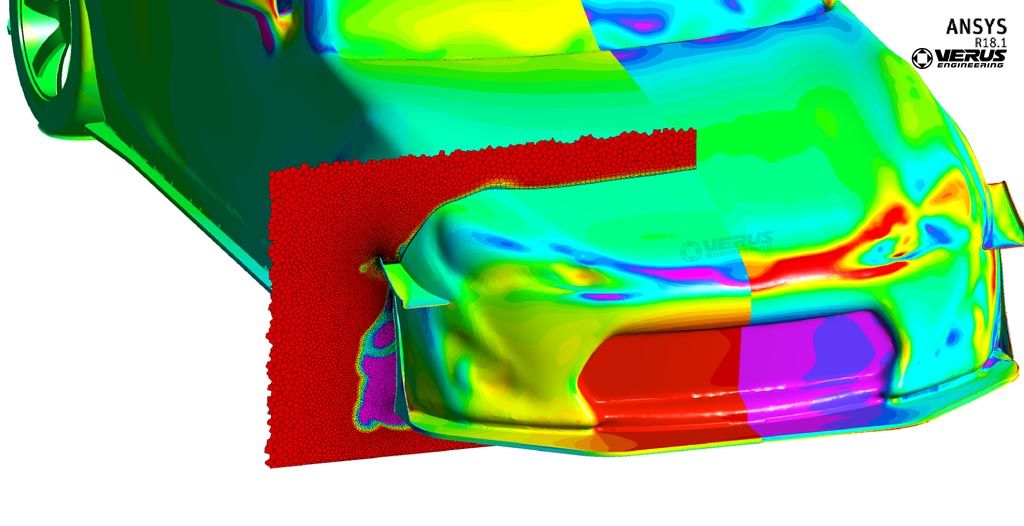
Another benefit of dive planes is to help relieve pressure inside the fender well and pull air out behind the tire. This can be seen in the picture below. The low-pressure zone (blue and purple) signifies the high-velocity airflow exiting the fender.
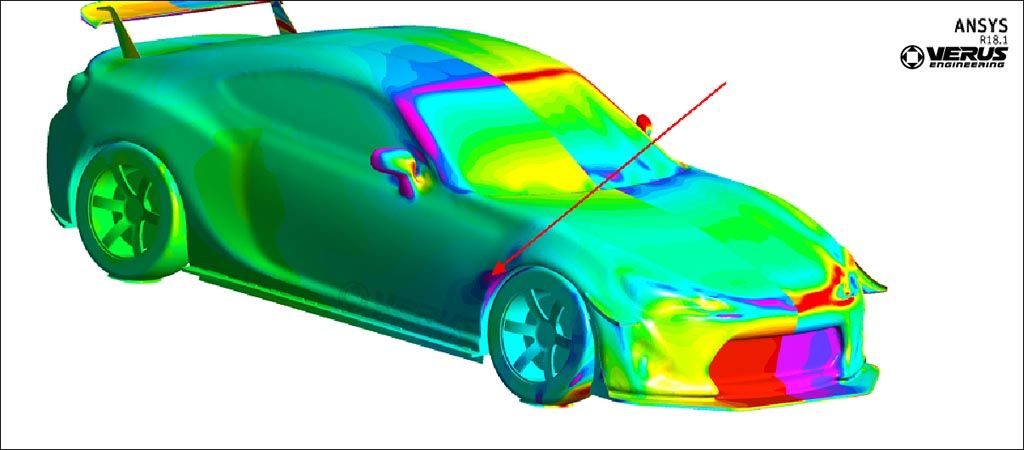
In conclusion, dive planes have performance benefits when designed correctly and can help balance the car aerodynamically. We hope you enjoyed this informative blog post, please let us know if you have any questions!
Dive Planes and Canards